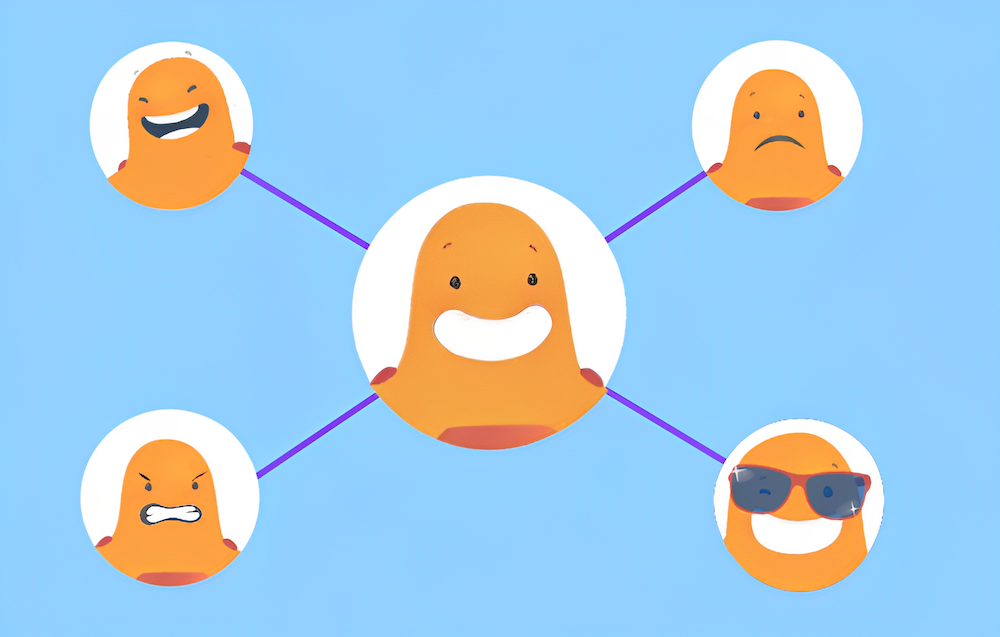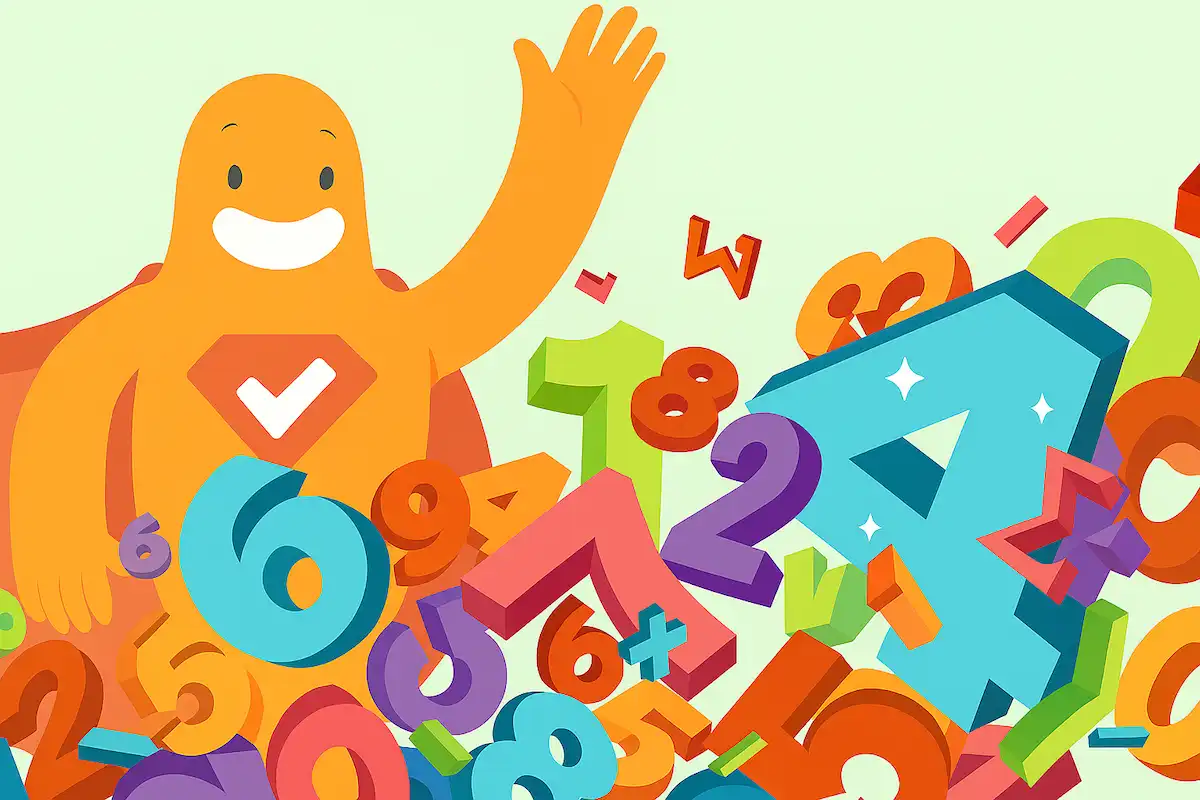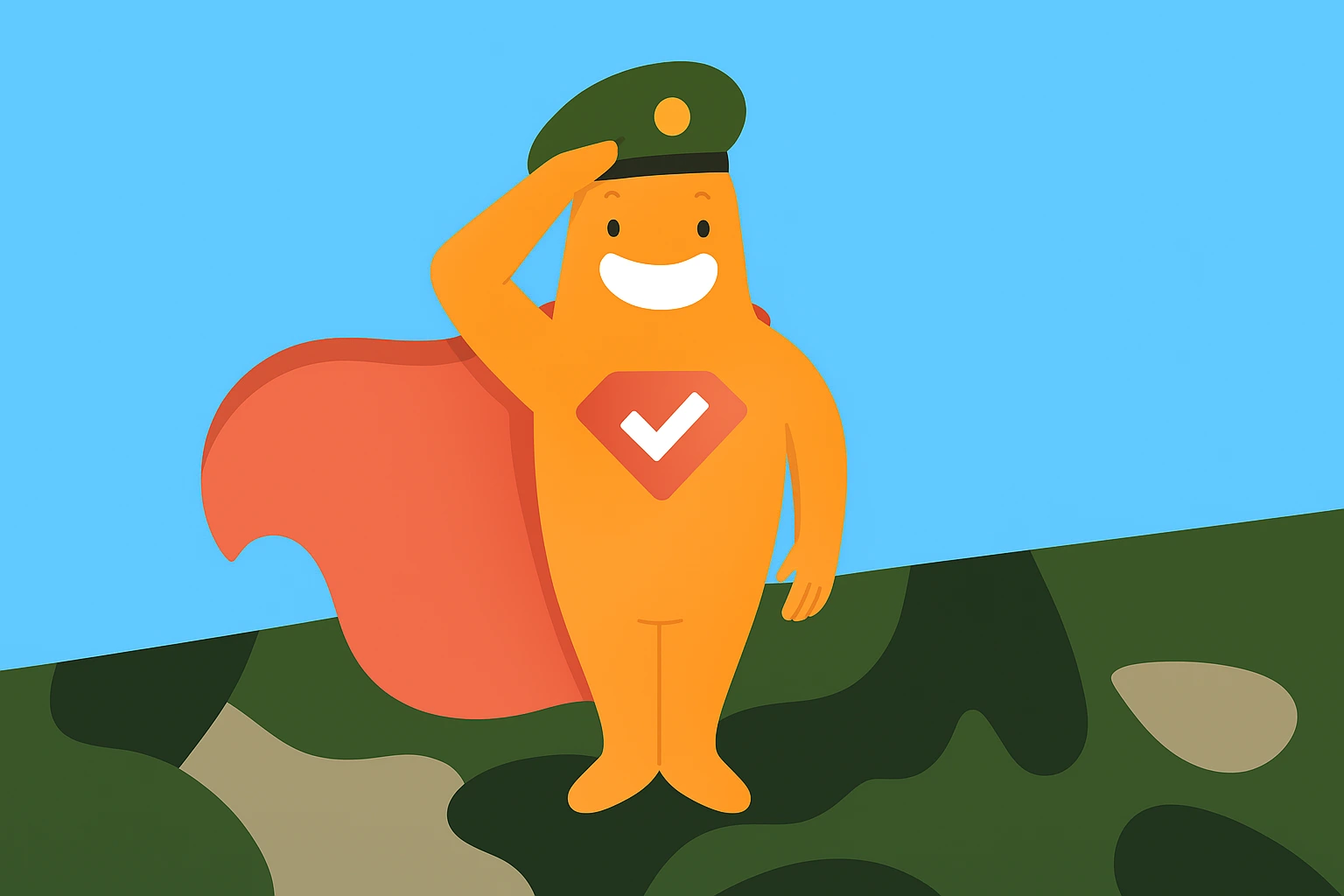What type of personality do you have? To understand people better, researchers and psychologists often use personality surveys. This tool is measures and evaluates an individual’s traits, characteristics, and tendencies that make up their unique self. In this blog, we look at the various personality types and what they mean. We’ll also show you how SurveyLegend is used by many to create and conduct personality surveys.
Create your FREE personality survey, form, or poll now!
What is a Personality Survey?
A personality survey, also known as a personality assessment or personality questionnaire, provides insights into an individual’s behavioral patterns, emotional responses, thought processes, and interpersonal interactions. Personality surveys that look at an individual’s traits, beliefs, attitudes, interests, and behaviors are also often used in academic research or organizational settings, or to help people with personal development or career options. Understanding of one’s personality helps people gain self-awareness, determine personal strengths and weaknesses, and explore areas for personal growth. Organizations can also use this information to assess whether an individual is a good fit for a position based on talent and temperament, how they can help them develop their skills, and whether they’re a team player or not.
5 Most Common Personality Surveys and Tests
There are a plethora of personality surveys out there, but some of the most popular and widely used include the following examples.
1. Myers Briggs Type Indicator (MBTI)
Arguably the most popular personality survey model, the Myers-Briggs Type Indicator (MBTI) classifies personalities into 16 types. These are based on four dichotomies: Extraversion/Introversion, Sensing/Intuition, Thinking/Feeling, and Judging/Perceiving. In the chart below, notice how the first letter of each dichotomy combines with others to create 16 distinct personality types.  Here’s a sampling of some personality survey questions that you might find on an MBTI test.
Here’s a sampling of some personality survey questions that you might find on an MBTI test.
- Do you prefer spending time alone or with others?
- When making decisions, do you rely more on logic and analysis or on your personal values and feelings?
- Are you more organized and planned or adaptable and spontaneous?
- Do you tend to focus on details and practical realities, or do you enjoy exploring abstract ideas and possibilities?
- Will social interactions give you energy, or do you find them draining and prefer solitary activities?
2. The Big Five
Another common personality model is the Big Five personality traits. With this system, you assess personality across five dimensions. They are as follows:
- Openness to experience
- Conscientiousness
- Extraversion
- Agreeableness
- Neuroticism
These five dimensions often abbreviate as OCEAN (or sometimes CANOE depending on word arrangement). A few types of questions, positioned as statements, that you might expect to find on the Big Five, and the dimension they are testing for, include:
- I enjoy trying new things and seeking out new experiences. (Openness)
- I have good organizational skills and pay attention to detail. (Conscientiousness)
- I feel comfortable in social situations and enjoy being around people. (Extraversion)
- I am considerate and sympathetic towards others’ feelings. (Agreeableness)
- I often experience anxiety or worry. (Neuroticism)
3. DISC Assessment
The DISC assessment places people into four behavioral styles which they will fit into to varying degrees. These assessments are often used in workplaces, educational settings, and personal development programs to enhance self-awareness, improve communication and collaboration. The four behavioral styles are as follows:
- Dominance (D): People with a dominant style are typically assertive, goal-oriented, and decisive. They tend to be competitive and enjoy taking charge of situations.
- Influence (I): Individuals with an influential style are often sociable and outgoing. They enjoy interacting with others, building relationships, and are skilled at motivating people.
- Steadiness (S): People with a steady style are known for their patience, teamwork, and empathy. They value harmony and stability in their interactions and are often good listeners.
- Conscientiousness (C): Individuals with a conscientious style are detail-oriented and analytical. They focus on accuracy and careful planning in their approach to tasks and projects.
4. Enneagram
The Enneagram is similar to the MBTI, however this personality system categorizes individuals into nine distinct personality types, each characterized by specific motivations, fears, desires, and behavioral patterns. It is used for self-discovery, personal growth, and understanding interpersonal dynamics. Most individuals have one dominant Enneagram type, but they may also exhibit traits from other types, known as wings. Here are the nine Enneagram types:
- The Reformer (Perfectionist): Strives for perfection, often critical of self and others, and seeks to improve the world.
- The Helper (Giver): Focuses on helping and supporting others, sometimes at the expense of their own needs.
- The Achiever (Performer): Driven to succeed, values recognition and accomplishment, and often seeks to project a positive image.
- The Individualist (Romantic): Emotionally aware, seeks authenticity and depth, often experiencing intense emotions.
- The Investigator (Observer): Analytical and curious, values knowledge and privacy, and can sometimes detach from emotions.
- The Loyalist (Questioner): Focused on security and safety, tends to be cautious, seeks guidance from others, and can be loyal to a fault.
- The Enthusiast (Adventurer): Optimistic and energetic, seeks new experiences and avoids pain or discomfort.
- The Challenger (Asserter): Assertive and protective, values control and independence, and can sometimes be confrontational.
- The Peacemaker (Mediator): Desires harmony and avoids conflict, often adaptable and receptive, but can struggle with inertia.
5. CliftonStrengths Assessment
Previously known as the StrengthsFinder assessment, this test, developed by psychologist David O. Clifton and others at Gallup, identifies a person’s top strengths out of 34 possible strengths. The 34 strengths are groups into four domains:
- Executing: These strengths are associated with taking action, getting things done, and driving results.
- Influencing: These strengths involve engaging with others, persuading, and making an impact on people.
- Relationship Building: These strengths are focused on building and maintaining strong interpersonal connections.
- Strategic Thinking: These strengths involve analyzing, problem-solving, and thinking strategically about complex situations.
The CliftonStrengths assessment is often used in workplaces, educational settings, and personal development contexts. It provides individuals with insights into their natural talents and helps them understand how to use these strengths to reach their goals and contribute positively to teams and organizations.
Other Types of Personality Testing
Along with the five personality assessments above, which are known as self-reporting inventories, there are other methods that researchers or psychologists use to identify people’s personality types. For example, behavioral observation involves overseeing a person’s behavior in various situations and making inferences about their personality traits. On the other hand, situational judgment tests present participants with hypothetical scenarios and asks them to choose the most appropriate course of action from multiple-choice options.
Researchers and others may also choose to use Narrative and Life History Approaches. These personality tests involve listening to stories from individuals to understand their personality development, values, and experiences. Likewise, there are also Cultural and Cross-Cultural Personality Measures, which look to understand personality traits within different cultural contexts and assess cultural variations in personality. Finally, one type of personality test that we’ve all seen in countless movies in which a patient sits down with a psychologist and looks at ambiguous shapes is a Rorschach Inkblot Test. This is a type of Projective Personality Test that is many believe to reveal unconscious thoughts and emotions. 
Tips for Creating a Personality Survey
Creating a good personality survey requires careful consideration (be sure to read our blog on Asking Sensitive Survey Questions). So, here are some tips to keep in mind when creating yours:
- Clear and Concise Language: Try to be as simple and easy to understand as possible so as not to confuse participants. Avoid jargon or complex terms.
- Structured Format: Organize the survey with a clear structure, grouping related questions together. This helps respondents navigate through the survey smoothly.
- Balanced Question Types: Use a variety of types of questions, such as multiple choice, rating scale, image questions, and open-ended questions. This keeps people engaged and can add to their understanding of questions.
- Avoid Leading Questions: Ensure that the wording of your questions is neutral and unbiased. Leading questions can influence answers and compromise survey accuracy. Read more: Leading Questions with Examples.
- Cover Various Dimensions: Address a wide range of personality dimensions for a more comprehensive look at each individual. Incorporate traits from the Big Five or MBTI.
- Test-Retest Reliability: Include some questions that are similar in meaning but phrased differently. This helps assess the consistency of responses when it comes to analysis.
- Pilot Testing: Conduct testing with a small group to identify any issues with wording, question order, or response options.
- Ethical Considerations: Ensure that your survey respects participant privacy. Provide a clear explanation of how the data will be used and ensure that informed consent. Check out our blog on Survey Ethics.
- Target Audience: Tailor the survey to your target audience. Consider age, culture, and other demographic factors that might impact understanding of certain questions.
- Validity and Reliability: Strive to achieve both validity (what you intend to measure) and reliability (consistency). To better grasp the concepts, read our blog Survey Validity vs Survey Reliability.
Personality Survey Example
Below is an example of a SurveyLegend personality test. As you can see, we ask multiple types of questions to keep people on their toes and improve response rates.

Conclusion
Personality surveys are a good way to better understand a person’s traits, characteristics, and tendencies. This is be especially helpful for psychologists, researchers, counselors, even human resources managers. Of course, surveys are a great way to conduct a personality test, especially when you’re aiming to assess self-perceived personality traits on a larger scale. Remember to follow the tips in this blog, and use a variety of question types as in our personality survey example. And don’t worry – SurveyLegend is highly secure, so you can be confident people’s responses will remain secure!
Have you ever been involved in personality testing? What kind of personality test was it? Did you agree with the results? Let us know in the comments!
Create your FREE personality survey, form, or poll now!
Frequently Asked Questions (FAQs)
A personality survey, also known as a personality assessment, provides insights into an individual’s behavioral patterns, emotional responses, thought processes, and interpersonal interactions.
The five main personality tests are Myers Briggs Test Indicator, The Big Five, DISC Assessment, Enneagram, and the CliftonStrengths assessment.
While a personality survey can reveal many insights into an individual, they’re not always accurate as they can depend on a memory and honesty (some people may self-report differently from what they know is true about themselves). Some personality tests also may not capture the whole complexity of a person’s personality.



